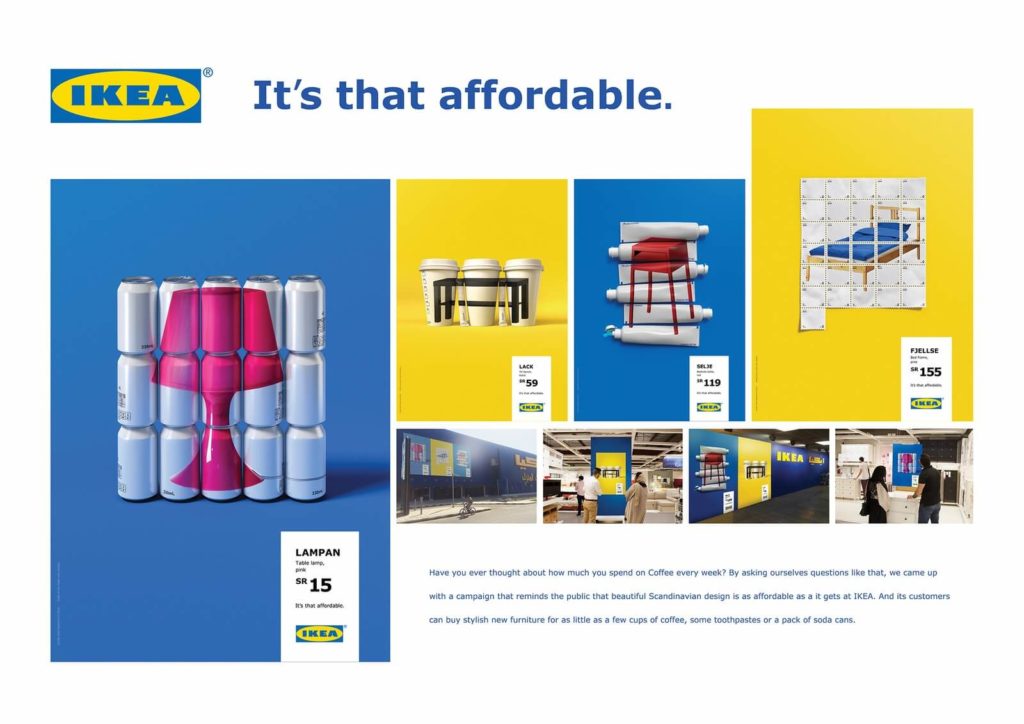TL;DR? Skip to the end for a video wrapup.
Think of the word “mission.” What comes to mind?
Playing Goldeneye?
The Blues Brothers?
Tom Cruise dangling over a laser grid?
(And now that theme song’s in my head. Great.)
How about your business and your marketing messages? Did you think of them?

Most small businesses don’t have a mission statement. Many of those that do hang it on a wall and forget about it.
It’s not something people in the company actually know. It doesn’t impact how they do their jobs.
Those businesses are missing the boat. A relevant corporate mission makes virtually every decision easier. It builds a culture of teamwork. And it informs an authentic brand.
Time for you to get in on all that.
What is a company mission?
Your company’s mission is the thing it exists to do.
My father would say a company exists to make money. (He’s a literalist.)
But he’s only partly right. You have to go back to when the company began. See, if making money is your only goal, there are much easier ways to do that than starting a company. You start a company because you see a gap in the world, and you know how to fill it.
Dollar Shave Club started because its founders thought razors were too expensive.
Hint started because its founder wanted a tastier way to drink a healthy amount of water.
Under Armour started because its founder wanted a T-shirt that wouldn’t get sweaty under his football jersey.
You might be thinking, “That’s all well and good, but I didn’t start my company with some lofty purpose. I just wanted to work for myself.”
In that case, your mission is the impact you make for your customers. It’s why people choose you.
Maybe your salon’s mission is to make customers look so good strangers ask where they get their hair done.
Maybe your data consultancy’s mission is to build networks easy for customers to maintain and scale.
Maybe your dental practice’s mission is to make dental appointments something to look forward to rather than fear.
Your mission is influenced by your vision. That’s the big-picture change you make.
For example, Ikea’s big-picture vision is: “To create a better everyday life for the many people.” How? Through their mission: “To offer a wide range of well-designed, functional home furnishing products at prices so low that as many people as possible will be able to afford them.”
Connect mission with marketing
Once you understand your company’s mission, pretty much every aspect of running a business gets easier.
From which candidate to hire to what products to develop, your mission keeps you on the right track. If a path leads away from your mission, it’s not the right path to follow.
(To be fair, missions can and do change over time. Microsoft’s first mission was “A computer on every desktop and in every home.” Today, that vision is outdated. The company’s current mission is “to empower every person and every organization on the planet to achieve more.” As your company matures, make sure your mission still serves you.)
When it comes to marketing, your mission impacts your brand voice and messaging.
Brand voice is kind of obvious. If your mission involves supporting families, your brand voice shouldn’t include crude jokes. If your mission involves inspiring self-confidence, you should steer clear of snark.
Messaging is a little more subtle. Your marketing messages don’t have to be about your mission, but they should align with it.
Let’s look back to Ikea for some inspiration. Remember, the impact they want to make is “a better everyday life.” It became one of the first retailers to use augmented reality so shoppers could make sure a piece would fit their space before they bought it. Making shopping easier and more worry-free? Definitely making life better.

And how does Ikea achieve its mission? With furniture “at prices so low that as many people as possible can afford them.” The ad below highlights low prices by showing how many cans of soda could buy a lamp or how many toothpaste tubes equal the cost of a side table.

Disney’s mission statement refers to “the power of unparalleled storytelling” as well as “iconic brands, creative minds, and innovative technologies.” Their marketing messages are right on the nose: never about the company’s size or business savvy. Always about story, imagination, and characters people love.
Once you are crystal clear on your mission, it becomes a lot easier to choose messages that drive toward the same goal.
How to write a mission statement
My best advice for writing a mission statement is to pretend you’re explaining it to a four-year-old. Because four-year-olds demand explanations that are both thorough and simple to understand.
You can start either from the impact you want to make (“to create a better everyday life for the many people”) or from the thing you do (“sell functional, inexpensive furniture”).
If you’re starting from impact, your imaginary four-year-old is going to ask, “how?”
- Ikea: “We’re going to sell them good furniture.”
- 4yo: “How will that make a better life?”
- Ikea: “The furniture will be well designed and functional.”
- 4yo: “How will that help many people?”
- Ikea: “We sell it at prices so low many people can afford them.”
If you’re starting from the thing you do, the four-year-old will ask, “why?”
- Ikea: “So many people can afford it.”
- 4yo: “Why do many people want to afford it?”
- Ikea: “Because it’s well designed.”
- 4yo: “Why do they want functional, well-designed things they can afford?”
- Ikea: “Because it makes their everyday lives better.”
When you’re designing your mission, talk to people throughout your business. This should not just be an exercise for the marketing team.
Find out what the customer service team believes the company’s mission is. See if they’re on the same page as the executive team. Dive into customer data to see what kind of impact you make in customer lives.
Use your mission to craft marketing messages that demonstrate what your company values and drive toward your goals.
But don’t stop there. Every person in your organization should know the mission and be able to apply it to their role. That’s how it becomes part of your corporate culture and an authentic brand.
Want to get helpful breakdowns like this right in your inbox? Subscribe to my twice-monthly newsletter.

Next time I read a blog, Hopefully it wont fail me as much as this particular one. I mean, Yes, it was my choice to read, however I really believed you would have something helpful to talk about. All I hear is a bunch of whining about something you could fix if you werent too busy searching for attention.